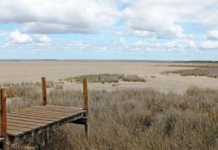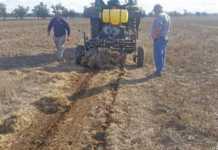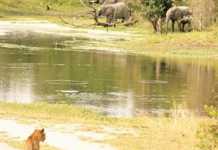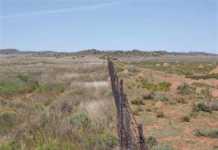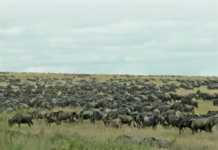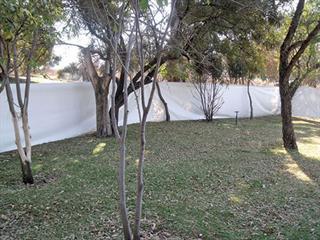
Generally speaking, the productivity of veld in South Africa is far below its full potential, mainly due to overgrazing. Many farmers feel that overstocking is to blame and seek to reduce livestock numbers. One way of doing this is to replace livestock with high-value game. But can this really improve the veld?
Eight years ago, I was invited to visit a farmer in Namibia, who wanted to discuss the possibility of growing pasture in a semi-arid region. He had already sold his cattle and used the money to buy a small herd of sable antelope. The ‘exchange rate’ at the time was about 20 beef cows for one sable.
The farmer reasoned that this would give his veld a chance to rest and recover. Moreover, his projections revealed that he would get the same income from a small sable herd as from a large beef herd. What he failed to realise was that veld needs to be grazed correctly in order to improve. If left ungrazed, it will deteriorate.
I was recently on a farm in the Karoo where a young farmer – call him Martinus – had hit upon the same plan to reduce the grazing pressure on his veld by replacing livestock with high-value saddleback and midnight impala. At current values, the sale of one saddleback can equal the gross income derived from 600 Merino ewes!
Martinus is doing an excellent job of reducing the size of his veld camps by erecting strong game fences. He has also mastered the art of using lucerne bales to entice game from one camp to another. So far, his plan is working. Numerous areas that previously consisted of bare ground, or had a smattering of black Karoo bush, are covered with green pioneer grasses.
Bring in the buffaloes
The trouble is, a few impala in a camp will selectively graze and re-graze the better species of grass, thus weakening them. To start with, the undesirable grass species will flourish, but in time – if left ungrazed or unburnt – they will become moribund and die off. The land will effectively return to desert.
What’s required is a large herd of buffalo that can be moved through the camps quickly to graze off the grass. This will stimulate regrowth. Moreover, the buffaloes’ dung, urine and hoof action will stimulate the germination of dormant grass seeds and provide fertility for good growth.
But who can afford – never mind manage – a large herd of buffalo?
The best alternative for an exotic game farm is to substitute buffalo with beef animals – preferably easy-care oxen.
To ensure veld improvement, the animals must be bunched and constantly moving forward. As Allan Savory would say, the cattle must mimic how buffaloes graze in nature. The challenge is how to achieve this in practice. The last thing any game farmer wants to do is cut up his farm into many small camps.
I had a call from Tim Savory, Allan’s nephew, recently. He said a proven way to graze camps with beef animals is to have four herders control the movement of the herd. (Think of the herd bunched into a rectangular block with a herder at each corner.)
Temporary kraals
To avoid the need to chase the cattle to a distant kraal each night, a temporary boma with tarpaulin ‘walls’ is erected in the camp where the animals are being grazed. If there are trees around, they can be used to hold up the long strips of tarpaulin; if not, portable poles can be employed. This may sound a bit like a circus, but Tim assures me that it works well in practice.
So, yes, it is possible to farm with high-value game and improve veld productivity at the same time. All that’s required is a manageable herd of tame ‘buffaloes’ to provide the very necessary tongue, hoof and fertiliser inputs.
John Fair is an expert on pastures. He heads up Fair’s Biofarm Assist, and can be contacted on 058 622 3585 or [email protected].

